15 Smart Cooking Tricks for Tight Budgets
When money is tight, it’s important to make every penny count, especially when it comes to food. Stretching your budget doesn’t mean sacrificing flavor or nutrition.
You can create delicious meals without breaking the bank with a few clever cooking tricks. Here are 15 smart cooking tricks to help you get the most out of your grocery budget and keep your meals satisfying and affordable.
Plan Your Meals Ahead

Meal planning is key to staying within your budget. By planning your meals for the week, you can make a precise shopping list and avoid buying unnecessary items. Look for recipes that use similar ingredients so you can buy in bulk and reduce waste.
Meal planning also helps you use up leftovers and ensures you don’t end up ordering takeout. Spend a little time each week planning your meals to save money and time in the long run.
Buy in Bulk

Buying items in bulk can save you a significant amount of money, especially for non-perishable items like rice, pasta, and canned goods. Bulk buying reduces the cost per unit and cuts down on packaging waste.
Just make sure you have enough storage space and use these items before they expire. For fresh produce, consider buying in bulk and freezing what you won’t use right away. Bulk buying is a great way to stock up on staples and save cash.
Cook Large Batches

Cooking in large batches and freezing individual portions is a fantastic way to save both time and money. Prepare meals like soups, stews, and casseroles in big quantities and portion them out for future meals.
This strategy ensures you always have a homemade meal ready to go, which can prevent the temptation to eat out. Label and date your frozen meals to keep track of what you have. Cooking in bulk makes meal prep easier and more economical.
Use Leftovers Creatively

Leftovers don’t have to be boring. Get creative with how you use them to create new meals. For example, leftover roasted chicken can be turned into chicken salad or soup. Vegetables from last night’s dinner can become the base for a stir-fry.
You make the most of your ingredients by transforming leftovers into new dishes and minimizing food waste. Think of leftovers as a chance to invent new, budget-friendly recipes.
Make Your Own Sauces and Dressings
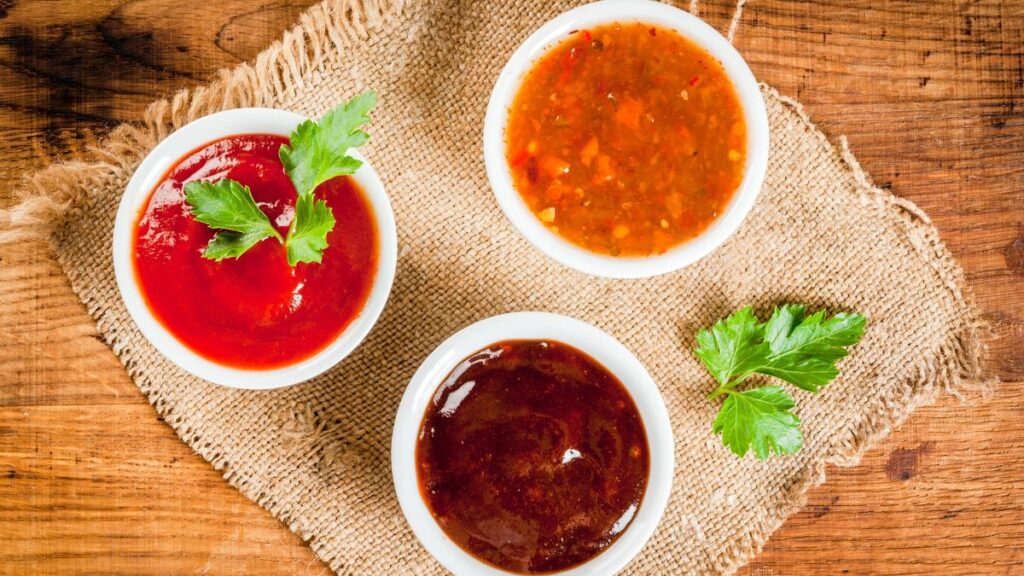
Store-bought sauces and dressings can be pricey and full of unnecessary additives. Instead, make your own at home using basic ingredients. Simple recipes for marinara sauce, vinaigrette, and stir-fry sauces are easy to prepare and cost much less than their store-bought counterparts.
Homemade sauces are also customizable, so you can adjust the flavors to suit your taste. Making your own sauces and dressings is a great way to save money and enhance your meals.
Embrace Meatless Meals

Incorporating meatless meals into your diet can significantly cut down on grocery expenses. Beans, lentils, and tofu are cost-effective sources of protein that can be used in a variety of dishes.
Meatless meals are not only budget-friendly but also can be nutritious and satisfying. Try dishes like vegetable stir-fry, bean chili, or pasta with marinara sauce. Reducing your meat consumption can help stretch your food budget and introduce you to new flavors.
Use Seasonal Produce
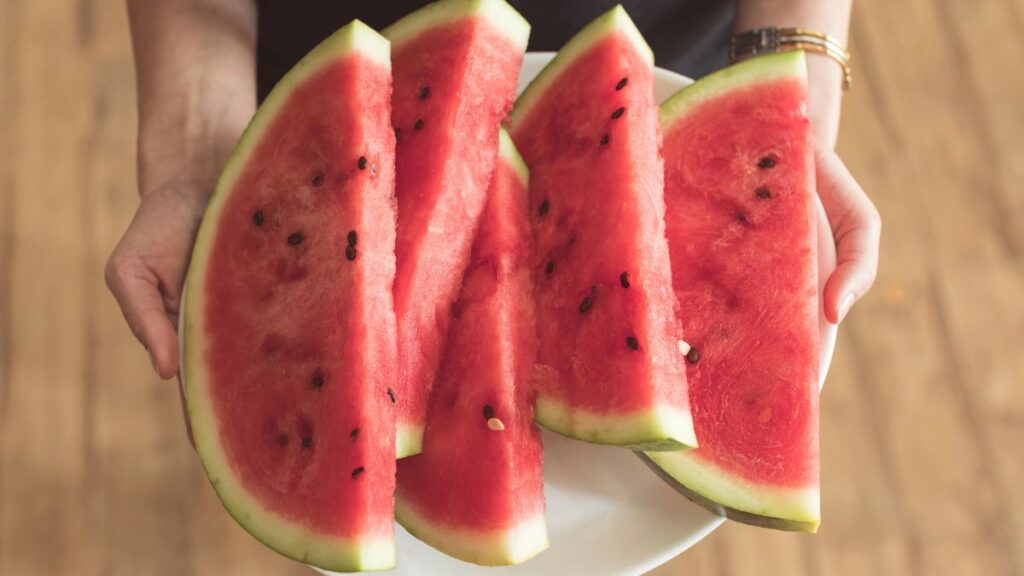
Buying fruits and vegetables that are in season can save you money and ensure you’re getting the freshest produce. Seasonal produce is often cheaper because it’s more abundant and doesn’t have to be shipped from far away.
Check out local farmers’ markets or grocery store sales to find the best deals on seasonal items. Cooking with seasonal ingredients can also add variety to your meals. Embracing what’s in season helps you save money and enjoy high-quality produce.
Freeze Fresh Herbs
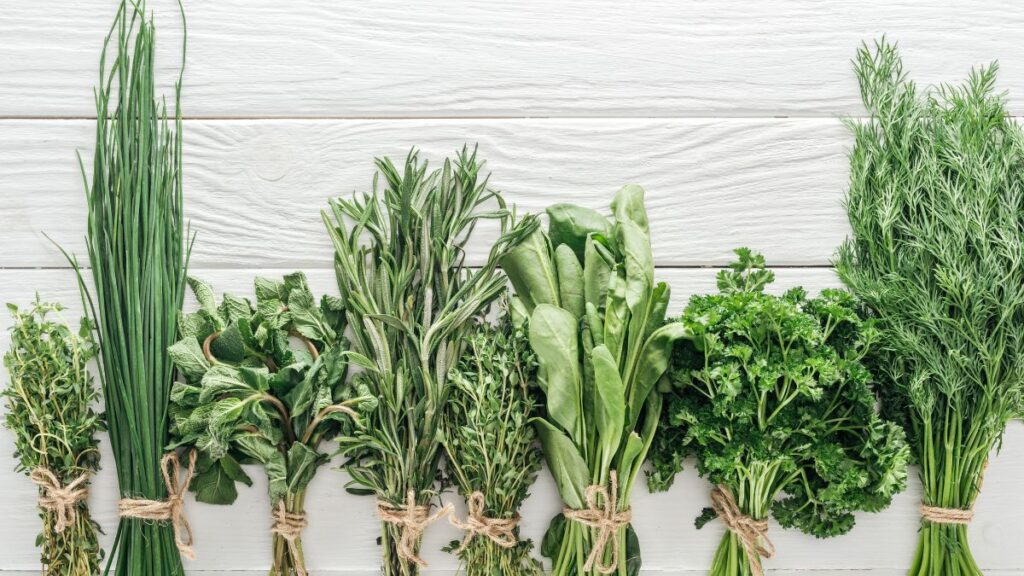
Fresh herbs can be expensive and spoil quickly, but you can freeze them to extend their shelf life. Chop herbs like basil, parsley, and cilantro and place them in ice cube trays with a bit of water or olive oil.
Once frozen, transfer the herb cubes to a freezer bag for easy access. Frozen herbs are great for adding flavor to soups, stews, and sauces. This trick ensures you get the most out of your fresh herbs and saves money in the long run.
Cook with Leftover Broth
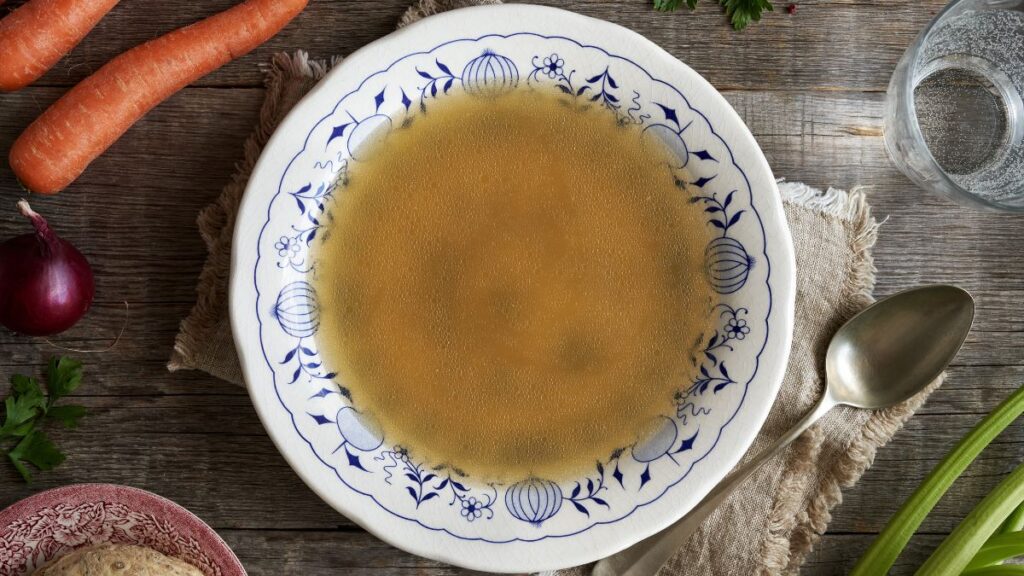
Instead of throwing away leftover broth from cooking meats or vegetables, use it as a base for soups, stews, and sauces. Broth adds flavor and nutrients to your dishes and reduces waste. You can also freeze leftover broth in ice cube trays for convenient portion sizes.
Using broth from previous meals enhances the taste of new dishes while stretching your ingredients further. Make the most of every drop of broth to save money and enrich your cooking.
Use Egg as a Protein Source
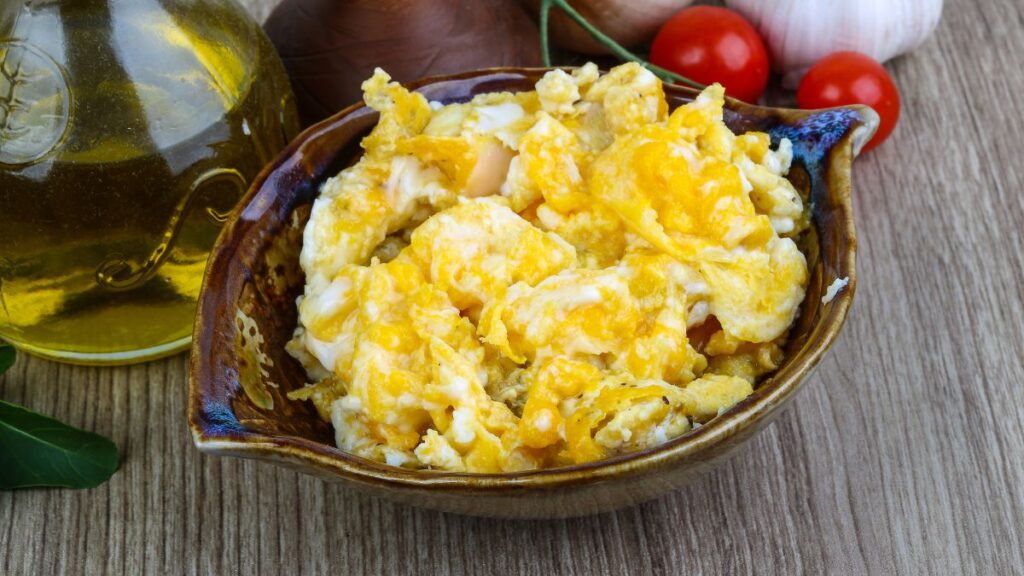
Eggs are an affordable and versatile source of protein that can be used in various dishes. From scrambled eggs to frittatas, they can be the main ingredient or a supplement to other meals.
Eggs are also great for making dishes like quiches or baked goods. Incorporating eggs into your meal plan can help cut costs while providing essential nutrients. They are a budget-friendly option for adding protein to your diet.
Repurpose Stale Bread
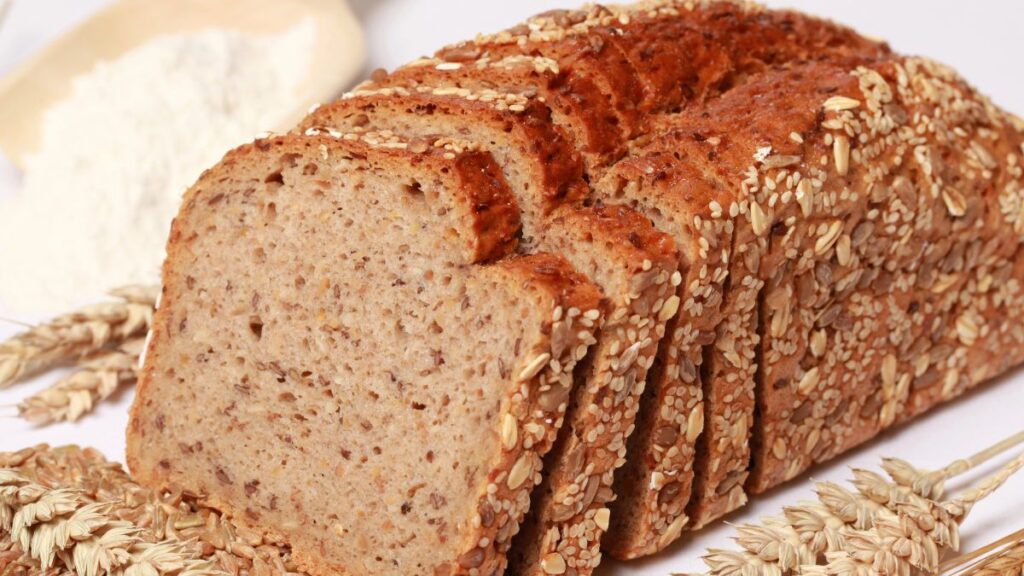
Don’t throw away stale bread; instead, repurpose it into croutons, bread crumbs, or a savory bread pudding. Stale bread can be toasted and seasoned to make croutons for salads or soups.
Processed into bread crumbs, it can be used as a coating for meats or a filler for meatballs. Bread pudding is a delicious way to use up old bread in a sweet or savory dish. Finding new uses for stale bread reduces waste and stretches your food budget.
Grow Your Own Herbs

Growing your own herbs is an inexpensive way to add fresh flavors to your cooking. Herbs like basil, mint, and rosemary can be grown easily in pots or small garden beds. Once established, they can provide a continuous supply of fresh herbs for your recipes.
Growing herbs at home saves money compared to buying them fresh from the store. Plus, having a herb garden adds a touch of greenery to your home and enhances your cooking.
Use Leftover Vegetable Scraps

Don’t discard vegetable scraps like carrot peels, onion ends, and celery leaves. These can be used to make homemade vegetable stock. Simply collect the scraps in a bag and simmer them in water to create a flavorful broth.
Homemade vegetable stock is a great base for soups and sauces and reduces waste. You get more value from your produce and save money on store-bought stock by using vegetable scraps.
Choose Store Brands

Store-brand products are often just as good as name brands but come at a lower cost. When grocery shopping, opt for store-brand items for staples like grains, canned goods, and dairy products.
Store brands usually offer the same quality as national brands at a fraction of the price. Compare ingredients and labels to ensure you’re getting the best value. Choosing store brands helps you save money without compromising on quality.
Reuse Food Containers
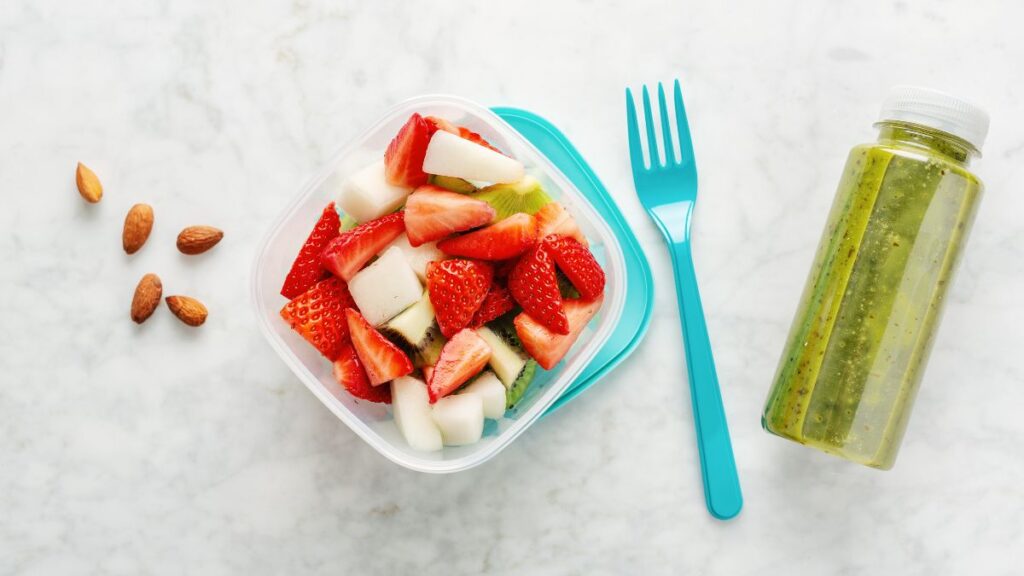
Instead of buying new storage containers, reuse jars, plastic containers, and other packaging from previous food purchases. These containers are great for storing leftovers, freezing meals, or organizing pantry items.
Reusing food containers is a budget-friendly way to keep your kitchen organized and reduce waste. It’s also an eco-friendly practice that helps cut down on single-use plastics. Make the most of containers you already have to save money and stay organized in the kitchen.
15 Places Where You’re Expected to Tip—But You Really Don’t Have To

Tipping has become a widespread practice in many industries, with the expectation that you’ll leave a little extra for good service. However, not every situation truly warrants a tip, even if you feel pressured to give one.
15 Places Where You’re Expected to Tip—But You Really Don’t Have To
15 Most Annoying Habits of American Tourists When Dining Abroad

Traveling abroad is an exciting adventure, and dining in new places is a big part of the experience. However, some common behaviors by American tourists can be frustrating for locals and affect the dining experience.
15 Most Annoying Habits of American Tourists When Dining Abroad







